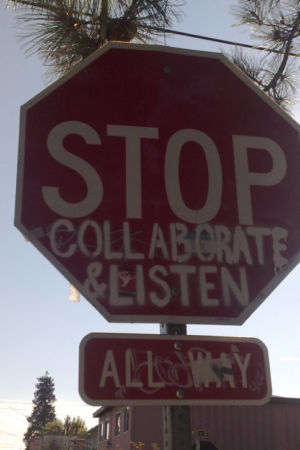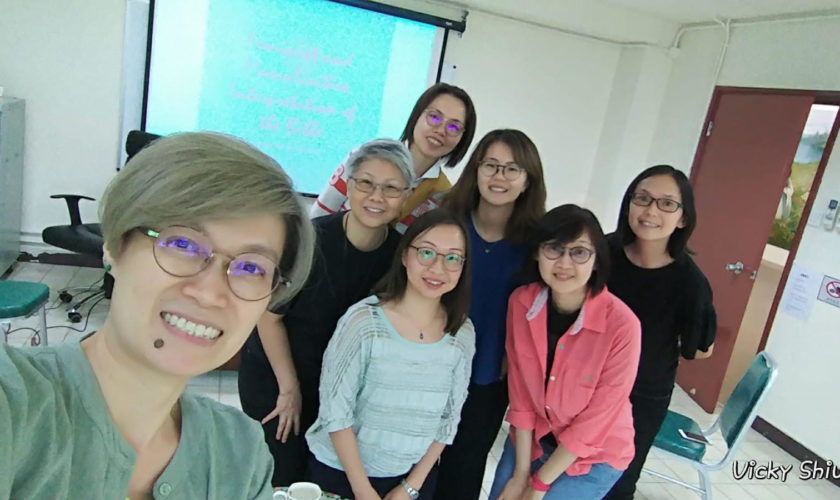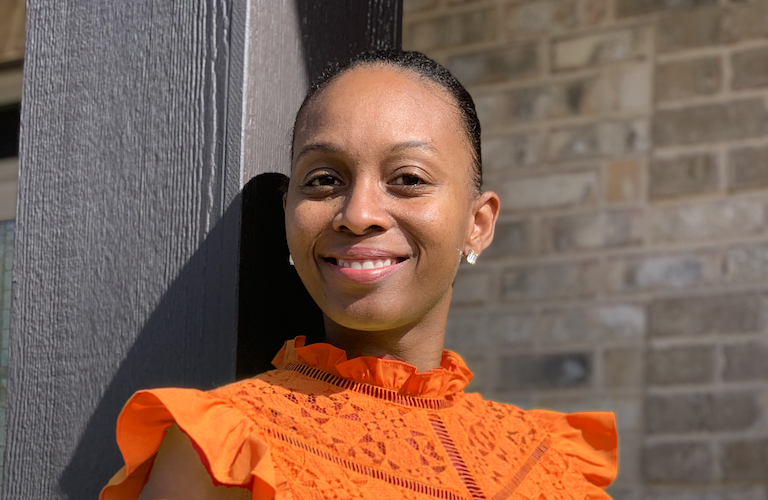Tell us about yourself: who are you and what do you do?
My name is Al McFadyen. I am a senior lecturer in systematic theology at the University of Leeds. In my academic work, I write (and teach) mainly around themes related to theological anthropology – which is to say, Christian understanding of humanity. I am especially drawn towards those often complex and ambiguous situations where humanity is threatened, vulnerable, at risk or somehow in question and so drawn therefore also to institutionalised practices that attempt to engage human beings in difficulty, often equally ambiguous and complex. I have always felt the need to ground my academic work and understanding by working also in non-academic contexts alongside the university (psychiatric nursing; suicide counselling; youth work; policing) in a kind of triangulation between academy, church and the diverse ways of living out humanity in the ‘real world’. In this triangulation, I am hoping to find mutually enriched understanding and wisdom about what it means to be human in situations where humanity itself is at some risk. To put that theologically, I am trying to work out what it means (and why it might be worth trying) to speak of Christian faith, of sin and salvation, of good news, in situations such of human vulnerability.
How does your research or your work connect to activism?
I am hesitant to describe the sorts of things I do under the heading of activism. And I suspect others will be too, since what I do looks very different from the range of involvements that generally go under that heading. I spend on average over 60 hours a month working as a frontline police officer (unpaid), often working single crewed answering emergency calls; calls that take me to places where often someone is or has been made vulnerable, and sometimes where I will act in ways that also make someone vulnerable by using force against them or depriving them of their liberty in order to bring them to justice. I appreciate working in the police might be regarded as the opposite of what activism might mean. However, policing in the UK is one of the places where you will find institutionalised practices and nuanced understanding of some of the concerns that motivate many activists: gender-based violence; the cultures and processes that aid the creation, maintenance and exploitation of gendered vulnerabilities; hate crime, including those based on racism and homophobia; human trafficking; child sexual exploitation; community cohesion; the precarity of asylum seekers; radicalisation (including white right wing), violent extremism and terrorism (Leeds is where the 7/7 bombs were made, a short walk from the University).
I first wrote extensively on child sexual abuse almost 20 years ago (in my book, Bound to Sin), before I joined the police. Working in the police has both developed and further grounded my understanding of these and other situations where humanity is at risk. These have included work (not all of it published) on counter-terrorism; faith-based community engagement; street grooming for sexual exploitation; loving enemies & loving the neighbourhood. Most recently, I have written on the just introduced offence of coercive control, which is to appear in a book that has grown out of Shiloh-related work: namely, the ‘Feminism and Trauma Theology’ project. My contribution has the title, ‘”I Breathe him in with Every Breath I Take”: Framing Domestic Victimisation as Trauma and Coercive Control in Feminist Trauma Theologies’ and it will be published in February in Karen O’Donnell & Katie Cross (eds), Feminist Trauma Theologies.
Why is activism important to you and what do you hope to achieve between now and the 16 Days of 2020?
Organisations like the police effect change for people in often incomplete, messy and ambiguous ways and sometimes can’t do much more than stave off the immediate risk and crisis or create a space where a victim and offender might make decisions that could have positive life-changing consequences. I suppose I am committed to the ideas that much valuable humanizing transformation happens like that and at that small, face-to-face human scale. It’s not a scale that is always taken with appropriate seriousness by academics or policy makers and maybe also not always by activists. (Nor are the fallible, all too human institutions that we have available to make change or to support the conditions that enable human flourishing become reality.) And I am afraid neither are the people – extraordinary in their ordinariness – that work in those institutions – nurses; bobbies; firefighters; paramedics; council staff – making neighbourhoods work as places that might be habitable spaces for flourishing human diversity. We need somehow to help students gain a sense of the importance of commitment to and working in and with such institutions, alongside the importance of more abstract ideas and values that can shape policy and more conventional notions of activism.
What I hope to achieve between now and the next 16 days of activism in 2020 is similarly scaled. I hope I can make a difference to some of the people I will deal with. I hope that I won’t mess up, especially by failing to identify and assess risk appropriately. Domestic incidents are the ones where the difference between an incident that seems superficially to be trivial and one that will prove fatal in absence of decisive intervention is not always clear. They are also amongst the most volatile and unpredictable. So, I also hope that I don’t get seriously injured. Since the last 16 days, I have been assaulted several times on duty, though without anything more than a very minor injury.
But I also hope to do some further work and thinking reflecting theologically on policing, including domestic violence.
























